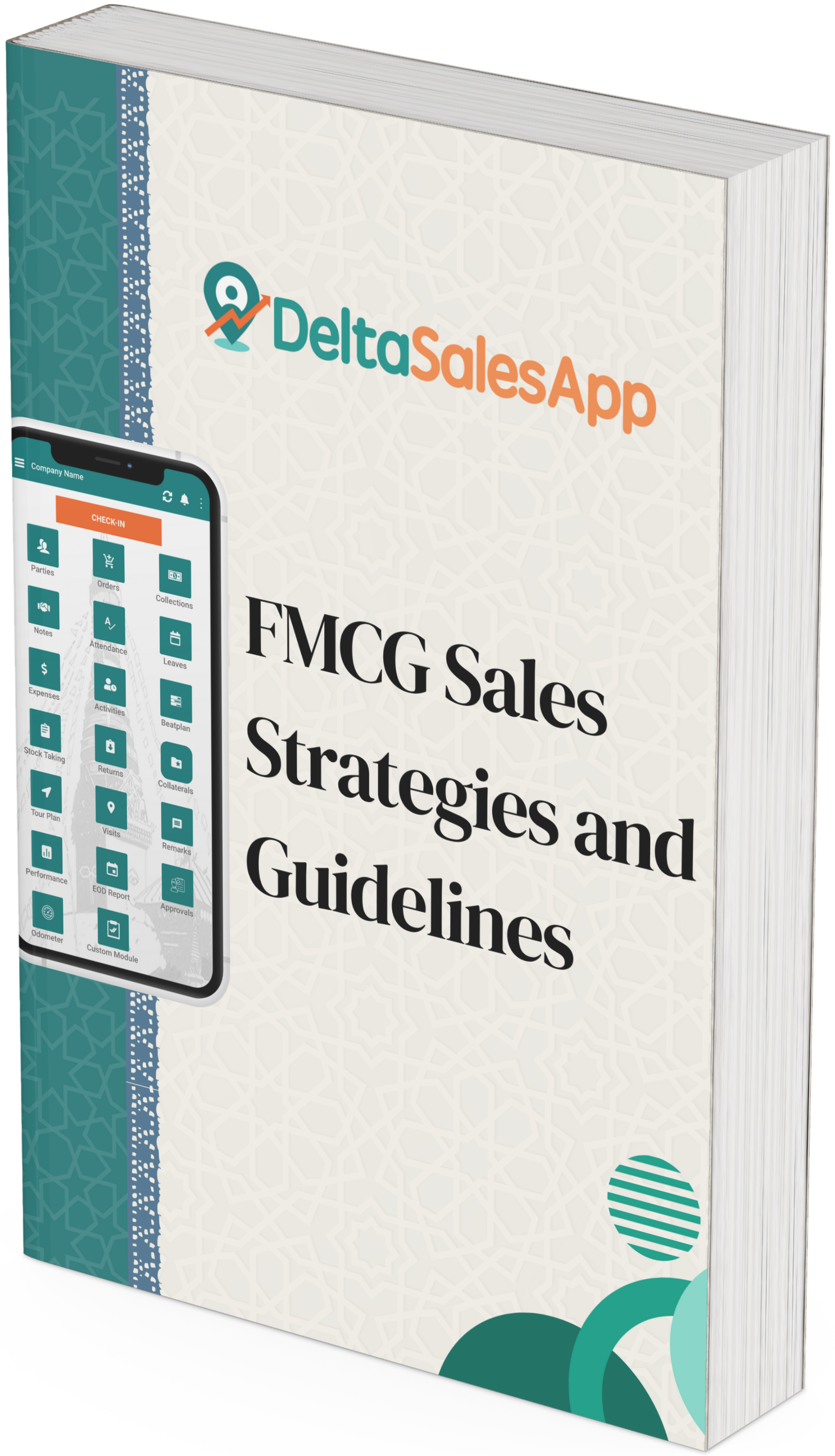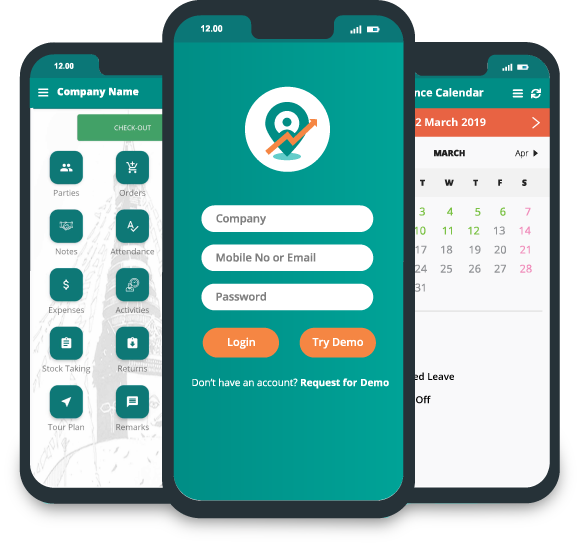How do sales enablement platforms bridge the gap between sales and marketing?

In many organizations, sales and marketing teams operate in silos, often working towards the same goal—generating revenue—but with limited collaboration. This lack of alignment can lead to inefficiencies, missed opportunities, and miscommunication. However, in the age of sales enablement platforms, the gap between sales and marketing can be bridged, fostering greater collaboration and driving better results for the business.
Sales enablement platforms provide a unified space for both teams to share insights, create cohesive strategies, and align their objectives to better engage with customers. In this blog, we’ll explore how these platforms bring sales and marketing together, improving communication, streamlining processes, and ultimately enhancing overall performance.
Centralized Content Management for Both Teams
A major source of disconnect between sales and marketing is the availability and relevance of content. Marketing teams spend significant time creating content to nurture leads, but sales teams often struggle to find the right materials when they need them. A sales enablement platform solves this problem by providing a centralized content repository where marketing teams can upload, organize, and update sales collateral.
With this platform:
Marketing can ensure sales have access to up-to-date, relevant content for various stages of the buyer's journey.
Sales reps can quickly find and share tailored resources, such as product brochures, case studies, whitepapers, and more, improving their ability to engage leads effectively.
This seamless access to content bridges the gap, ensuring that marketing efforts are aligned with the real-time needs of the sales team.
Aligning Goals with Shared Data and Analytics
One of the most significant challenges sales and marketing teams face is working towards separate goals. Marketing is typically focused on generating leads, while sales are measured on revenue. Without a shared set of metrics, the two teams can become misaligned. Sales enablement platforms offer integrated data and analytics, helping both teams work from the same performance dashboard.
Key benefits include:
Real-time insights into lead engagement enable both teams to understand which content resonates best with prospects.
Tracking the entire buyer's journey, from the first marketing interaction to the final sales conversion, allows both teams to measure the effectiveness of their efforts.
Shared KPIs, such as lead conversion rates, sales cycle length, and content engagement metrics, help both teams focus on common business goals.
With shared data, sales and marketing can move away from working in isolation and instead collaborate on strategies that benefit the entire organization.
Facilitating Feedback Loops
One of the most important ways to bridge the gap between sales and marketing is by creating effective feedback loops. Sales enablement platforms make this process easier by enabling real-time feedback between teams. Sales reps can provide insights on the content they use in the field, allowing marketing to refine their materials based on what’s working and what isn’t.
How feedback loops help:
Sales teams can share what prospects respond to, allowing marketing to adjust content strategies accordingly.
Marketing teams gain valuable insights into customer pain points, enabling them to create more targeted and impactful messaging.
This two-way feedback ensures that marketing’s efforts are aligned with the realities of the sales process, leading to better engagement and improved conversion rates.
Streamlining Communication with Collaboration Tools
Sales enablement platforms often come with built-in collaboration tools, making it easier for sales and marketing teams to communicate and work together effectively. Instead of relying on disjointed communication methods (like endless email threads or separate project management platforms), both teams can collaborate directly within the platform.
Benefits include:
Real-time chat and communication tools that allow both teams to discuss strategies, share updates, and provide feedback instantly.
Collaborative content creation, where marketing can work closely with sales to develop tailored pitches, presentations, or outreach strategies that reflect real-time customer needs.
Cross-functional collaboration on sales campaigns or product launches, ensuring that both teams are aligned on messaging and strategy.
Streamlined communication helps teams avoid misunderstandings and ensures that both departments are in sync.
Closing the Loop with Sales and Marketing Alignment
Sales enablement platforms allow for a closed-loop process where marketing’s efforts directly support sales, and sales provides feedback to marketing in return. With shared data, aligned goals, and clear communication, sales and marketing can work together toward a common objective—turning leads into loyal customers.
This alignment benefits the organization by:
Improving lead quality: Marketing can better understand which leads are likely to convert, allowing them to focus their efforts on the right prospects.
Shortening the sales cycle: With targeted content and aligned strategies, sales teams can move leads through the funnel more efficiently.
Increasing revenue: When sales and marketing are working together effectively, the result is higher conversion rates and greater business growth.
Conclusion: Empower Your Sales and Marketing Teams with a Unified Platform
Bridging the gap between sales and marketing is critical to business success, and a sales enablement platform is the perfect tool to achieve this alignment. By offering a centralized content hub, shared data and analytics, feedback loops, and collaboration tools, these platforms ensure that both teams are working together efficiently and effectively.
By leveraging a robust sales enablement solution, businesses can enhance their overall performance, improve customer engagement, and drive revenue growth. When sales and marketing work hand in hand, the results are undeniable.
FAQs
How does a sales enablement platform help align sales and marketing?
A sales enablement platform centralizes content, aligns goals through shared data, facilitates feedback loops, and provides collaboration tools to ensure both teams work together seamlessly.Why is shared data important for sales and marketing alignment?
Shared data ensures that both teams are working from the same insights, allowing them to track lead behavior, understand content effectiveness, and align on common KPIs like lead conversion rates and sales cycle metrics.How do feedback loops improve collaboration between sales and marketing?
Feedback loops enable sales teams to share real-time insights with marketing, helping them refine content and strategies based on what resonates most with prospects, leading to more effective engagement.What collaboration tools do sales enablement platforms offer?
Sales enablement platforms typically include real-time chat, shared workspaces for content development, and project management tools that enable both teams to collaborate on campaigns, product launches, and other key initiatives.How does a closed-loop process benefit both teams?
A closed-loop process allows marketing to generate better leads for sales, while sales provides feedback to refine marketing strategies. This alignment leads to higher lead quality, shorter sales cycles, and increased revenue.









